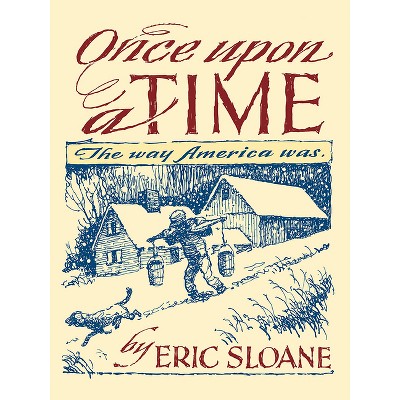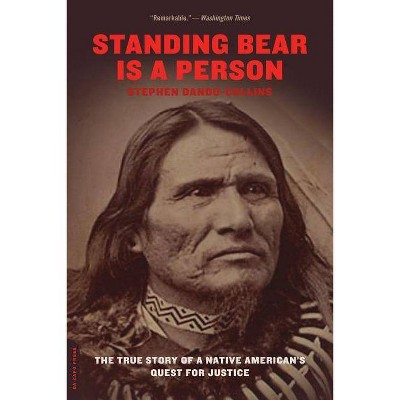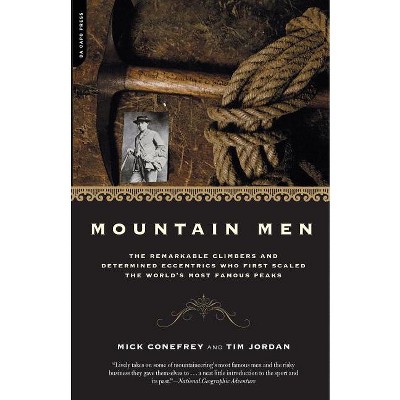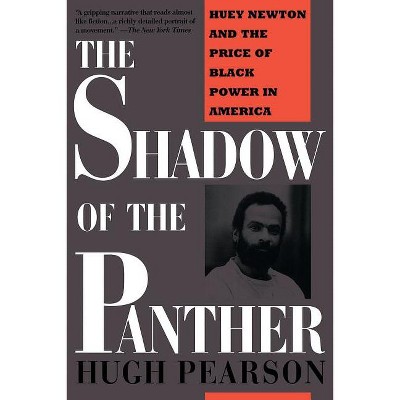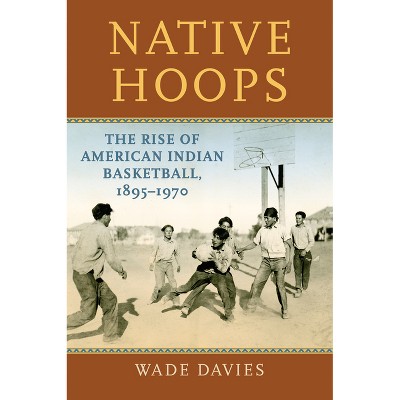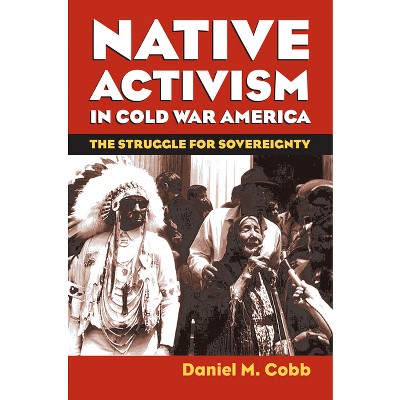Sponsored

The Shoshone-Bannocks - by John W Heaton (Hardcover)
In Stock
Sponsored
About this item
Highlights
- Like many Native Americans consigned to reservations, the Shoshones and Bannocks of Idaho and Utah initially resisted the forces of incorporation; unlike many, they rose to the challenges they faced.
- Author(s): John W Heaton
- 350 Pages
- History, Native American
Description
Book Synopsis
Like many Native Americans consigned to reservations, the Shoshones and Bannocks of Idaho and Utah initially resisted the forces of incorporation; unlike many, they rose to the challenges they faced. Shoshone-Bannock cattlemen at Fort Hall, Idaho, survived drought, overgrazing, declining markets, and a world financial crisis that drove most non-Indian operators in the region out of business. John W. Heaton's book tells how they did it and assesses their success in pushing their cultural agendas in the face of federal Indian policy and international market pressures. Confined to the Fort Hall Reservation from the 1880s to 1920s, the Shoshone-Bannocks faced assimilation pressures, subjugation to BIA-sponsored governance, and challenges to their traditional land use that left most of them dispirited and impoverished. Yet during this period they laid the foundation for a remarkable transformation in their economic and political institutions and moved closer toward self-determination. By the mid-1930s, a majority of reservation residents lived in framed houses and participated in a modern cattle industry, relying on the government for only a small fraction of their income and voting for representatives to a business council that handled most tribal affairs. Even in the face of internal disputes between cattlemen and hay cutters, the people of Fort Hall found innovative ways--such as participation in new religious experiences, cultural redefinition, and regular community gatherings--to manage the contradictions that stemmed from market integration. Heaton tells how the Shoshone-Bannocks made a meaningful choice between productive commerce and a more typical reliance on subsistence and wage labor. Their leaders found new ways to unite disparate bands and kin groups to resist attempts to open reservation land to exploitation by non-Indians, and through careful land cessions they were able to obtain the capital needed to develop reservation resources themselves. The Shoshone-Bannocks not only gained a national reputation for the quality of Fort Hall beef, they remained an adaptable and resilient people who continue to pursue a meaningful existence in a changing world. This case study challenges the view that Indians were ill suited to market-based pursuits and enhances our understanding of cultural persistence within the broader sweep of historical change.Review Quotes
"Heaton is masterful at making this an Indian-centered story. . . . A welcome addition to a growing body of literature--mostly focused on individual reservations--that demonstrates the dynamic Indian response to the pressures of assimilation and the market economy."--American Historical Review
"A very readable and useful book on Native Americans' complex negotiations with modern American capitalism."--Western Historical Quarterly
"Heaton has demonstrated wonderfully how and why the Shoshone-Bannocks 'turned the power' and adapted to a world that had changed economically, culturally, and politically. His work is a story of survival . . . "--Pacific Northwest Quarterly
"Historians have lately begun to pay greater attention to reservation communities, and both books under review make substantial contributions to this important literature."--Journal of American History
"A most welcome contribution to history of American Indians generally and of the northern reaches of the Great Basin specifically."--Utah Historical Quarterly
"Theoretically sophisticated, methodologically innovative, nicely illustrated, and richly contextualized, this important history of the Shoshone-Bannock contributes equally to the fields of Idaho, western, and Native American studies."--Idaho Yesterdays
"A thoroughly documented account of one reservation community's efforts to redefine its cultural and subsistence patterns. . . . Heaton's case study successfully highlights the role cultural values played in moderating the changes wrought by outside influences, whether economic, religious, educational, or political."--Choice
"A smart study of the culturally innovative ways in which Shoshones and Bannocks, as individuals and as groups, navigated their movement into an emerging agricultural market economy and survived, even thrived, culturally and economically."--David Rich Lewis, author of Neither Wolf nor Dog: American Indians, Environment, and Agrarian Change
"Proposing a new vocabulary, Heaton strips away the old language of 'assimilation, resistance, progress, and decline' that is typically applied to Native peoples in the aftermath of U.S. expansion into western North America." --Frederick E. Hoxie, editor of Encyclopedia of North American Indians
"Should be required reading for anyone interested in Native Americans in the twentieth century."--Albert L. Hurtado, coeditor of Major Problems in American Indian History
Shipping details
Return details
Guests also viewed
